Walk into any health food store and you’ll see shelves lined with vibrant blue-green powders and pills that are packed with protein, vitamins, and minerals.
Known as spirulina, this highly-nutritious algae has been used as a health supplement in the West for decades.
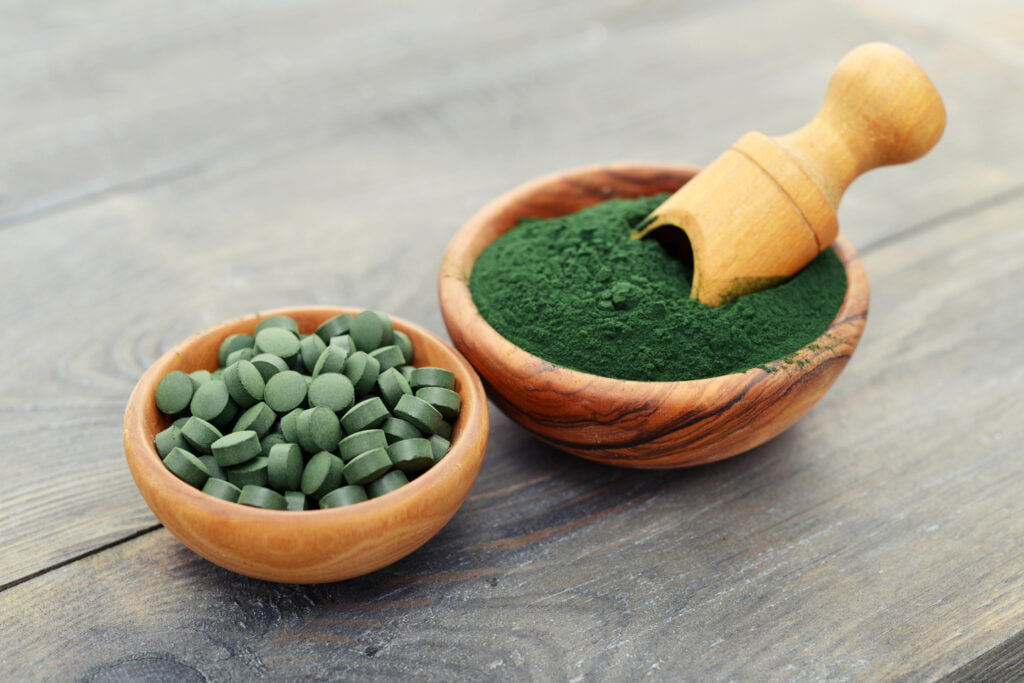
But back in 16th century Mexico, the Aztecs actually used it as a food source. They called it Tecuitlatl, or the stone’s excrement.
An Israeli startup has become the first to use the algae as a plant-based meat and fish substitute. It wants to reintroduce spirulina to the public as a superfood, rather than just a supplement. And its first product will be a smoked salmon substitute.
It’s developed the technology to give spirulina the texture of beef, fish, or seafood by compressing its cells into ’tissues’.
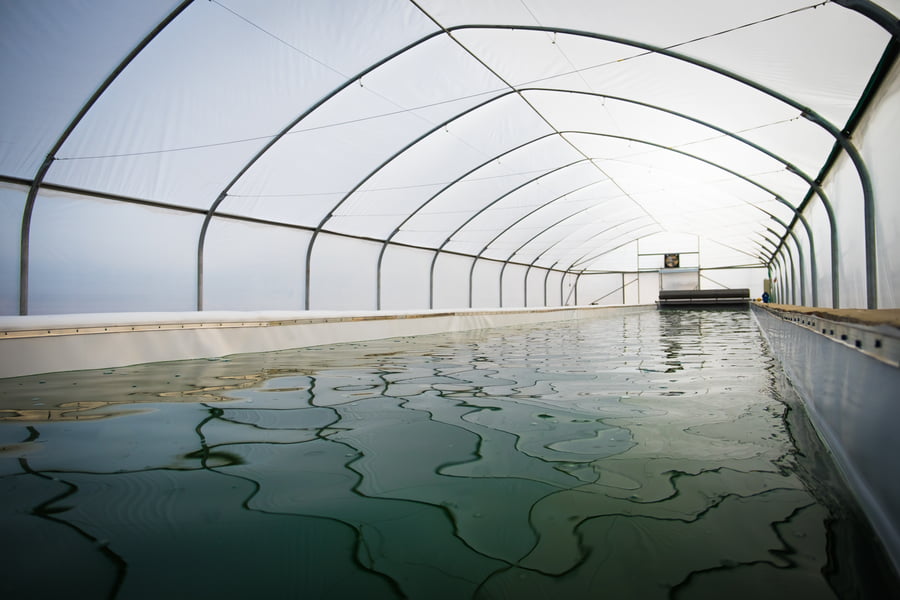
“Humanity is looking for a new, more reliable, healthier, and more resilient food source,” says Baruch Dach, Founder and CTO of the SimpliiGood.
“In this respect, spirulina is the perfect candidate: it comes with antioxidants and essential minerals, and has no added cholesterol, pesticides, hormones, or antibiotics.”
Spirulina is mostly grown in open ponds. It needs only sunlight and nutrients, and it is so easy to cultivate that people have been growing it at home.

Despite its bold green color, fresh spirulina has a very mild flavor, making it an appealing alternative for food manufacturers who often have to mask the ‘grassy’ or ‘cardboard’ taste of many other plant-based products.
Why should customers eat it? Dach says it’s rich in health benefits – high in protein, vitamins A, E, and K, fatty acids, and minerals.
And they don’t need to compromise on flavor, texture, and the entire culinary experience because they’re eating something healthy.

Most people wouldn’t want to take a bite out of a green burger, so SimpliiGood reduces the green chlorophyll pigment that allows plants to absorb the sun’s energy, revealing the algae’s underlying red, orange, and pink pigments. It can adjust the colors of the algae to make it match any kind of animal tissue.
“We can create fish, chicken breast, smoked salmon, bluefin tuna – whatever you want to create – based on cells that aren’t coming from animals.”
Sign up for our free weekly newsletter
Subscribe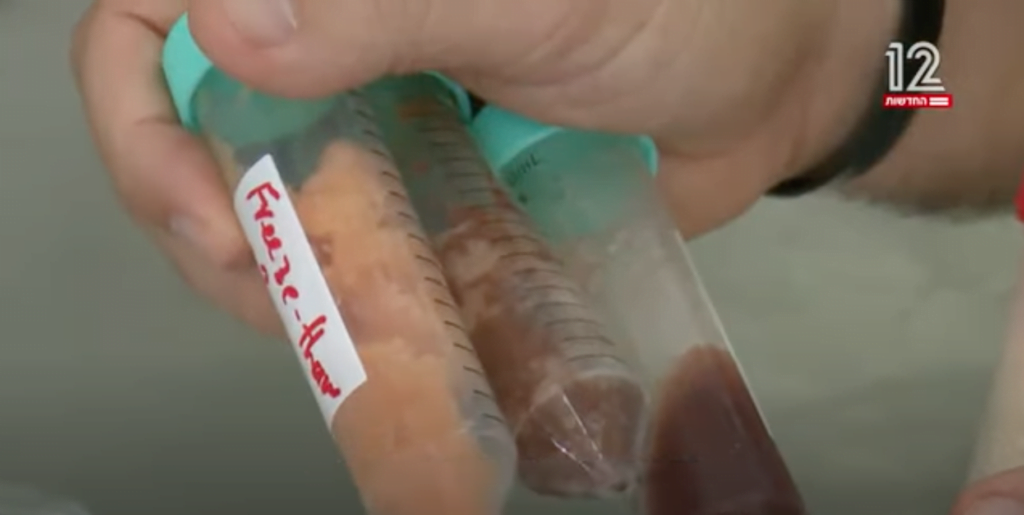
The flip side of reducing the chlorophyll content is that spirulina loses some of its antioxidants, minerals, and fatty acid components – but it still retains very high amounts of protein.
The Herzliya-based company started out by selling fresh spirulina, but while working with manufacturers, quickly realized that the algae has hidden functions – like being able to replace the use of eggs in condiments like mayonnaise, and replacing the gluten in baked goods.
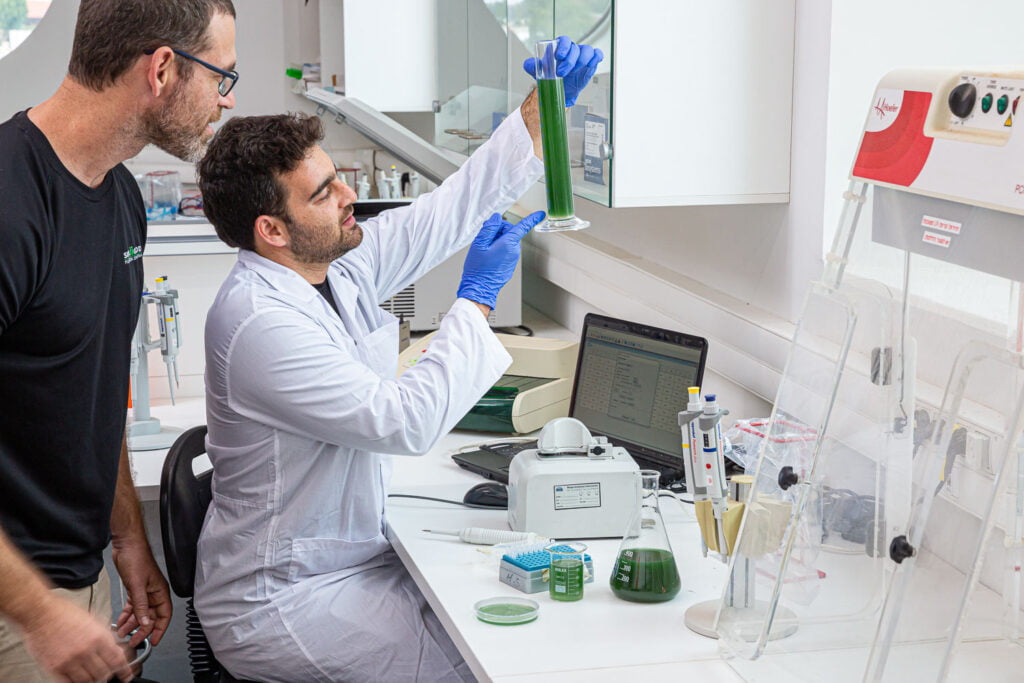
They looked for ways to use it in ready-made foods, and received positive feedback when they started selling spirulina biscuits.
“Once we realized this option was available, we just started playing with different types of products and formulas and just kept discovering more and more advantages and options that spirulina can create.”
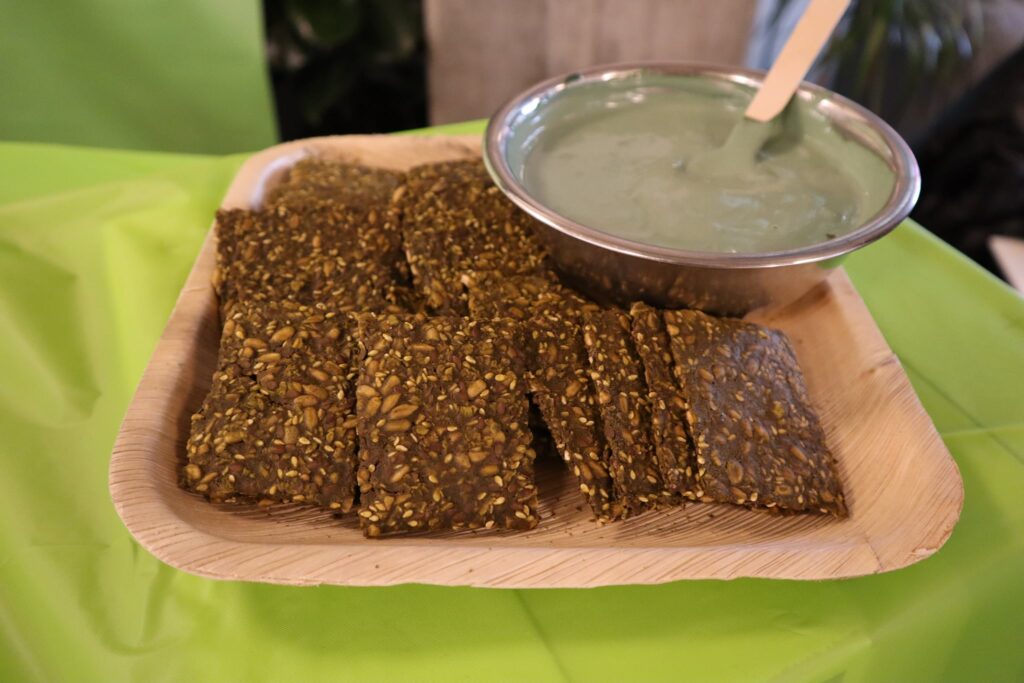
Dach believes algae-based foods will become more and more popular. People eat algae-infused products all the time – like carrageenan, which is extracted from red seaweed to thicken foods like non-dairy milks, infant formula, ice cream, cottage cheese, and pudding – and don’t even know it.
Consumers increasingly want to see healthier and less processed ingredients in their foods, which could incentivize food manufacturers to actually use spirulina instead of commonly used emulsifiers, thickeners, and additives. These added ingredients are also expensive – he says they can cost over $50 per kilo.
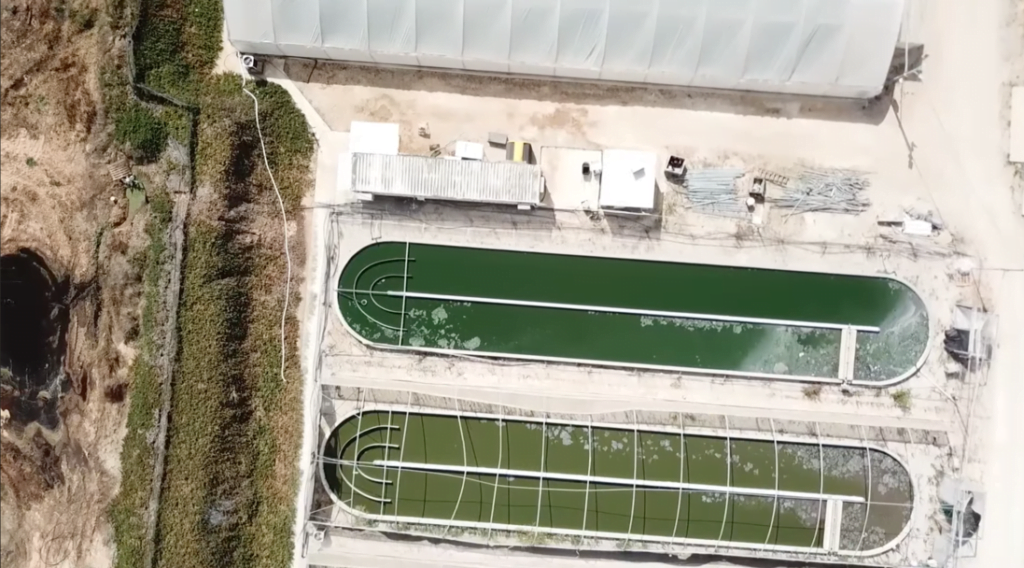
All SimpliiGood needs to do is tweak aspects of the spirulina growth itself to tailor the functions of spirulina – like the amount of water they use. In all of the company’s spirulina formulas, only around five percent of any of its products are not made of the algae.
Now, SimpliiGood, inspired by the explosive growth in the mock-meat sector, is aiming to take its products even further, starting with a smoked salmon product which should be available by the end of the year.
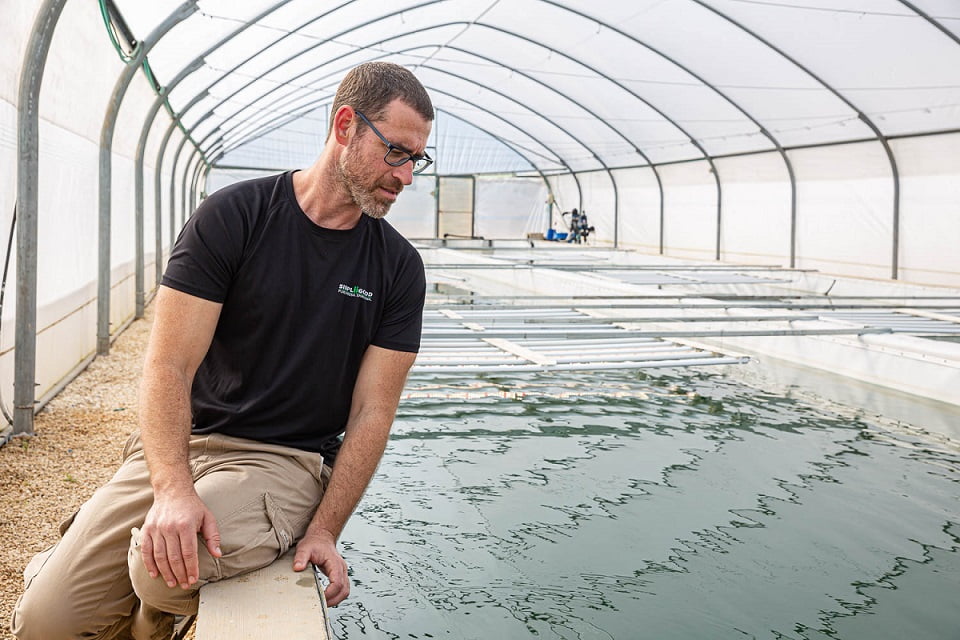
With its new compression-technology breakthrough, it will tailor spirulina for specific food categories and products, and sell it to companies so they can integrate it into their products – like selling a pink spirulina soft mix to a sausage manufacturer.
It already sells fresh and frozen spirulina, ice cream, crisps, crackers, pastas, and green burgers and schnitzels, with many more products in the pipeline.
“It’s not a competition of who’s going to win (in terms of alternative proteins) – grasshoppers, spirulina, or mushrooms. I think, as a biologist, our survival depends on versatility,” says Dach.
“We need to diversify, and keep different options available. But spirulina should definitely become a more dominant and available option than it is today.”
Related posts

Editors’ & Readers’ Choice: 10 Favorite NoCamels Articles

Forward Facing: What Does The Future Hold For Israeli High-Tech?

Impact Innovation: Israeli Startups That Could Shape Our Future


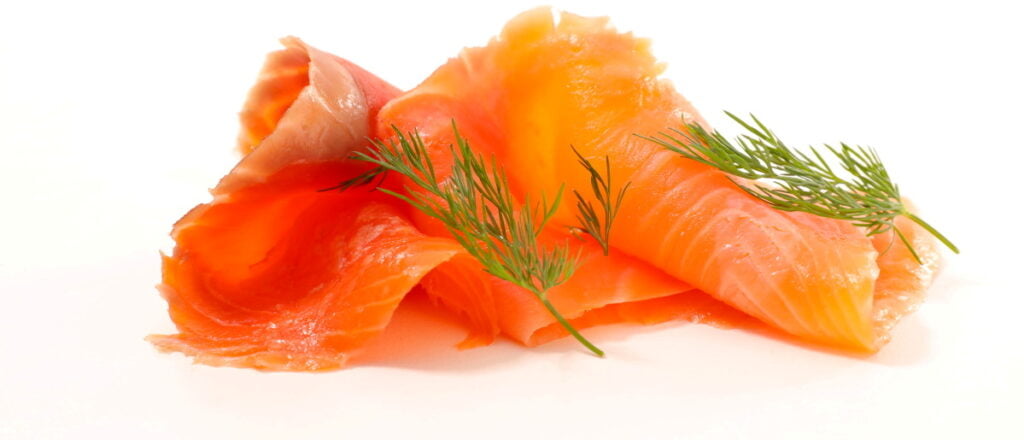

Facebook comments